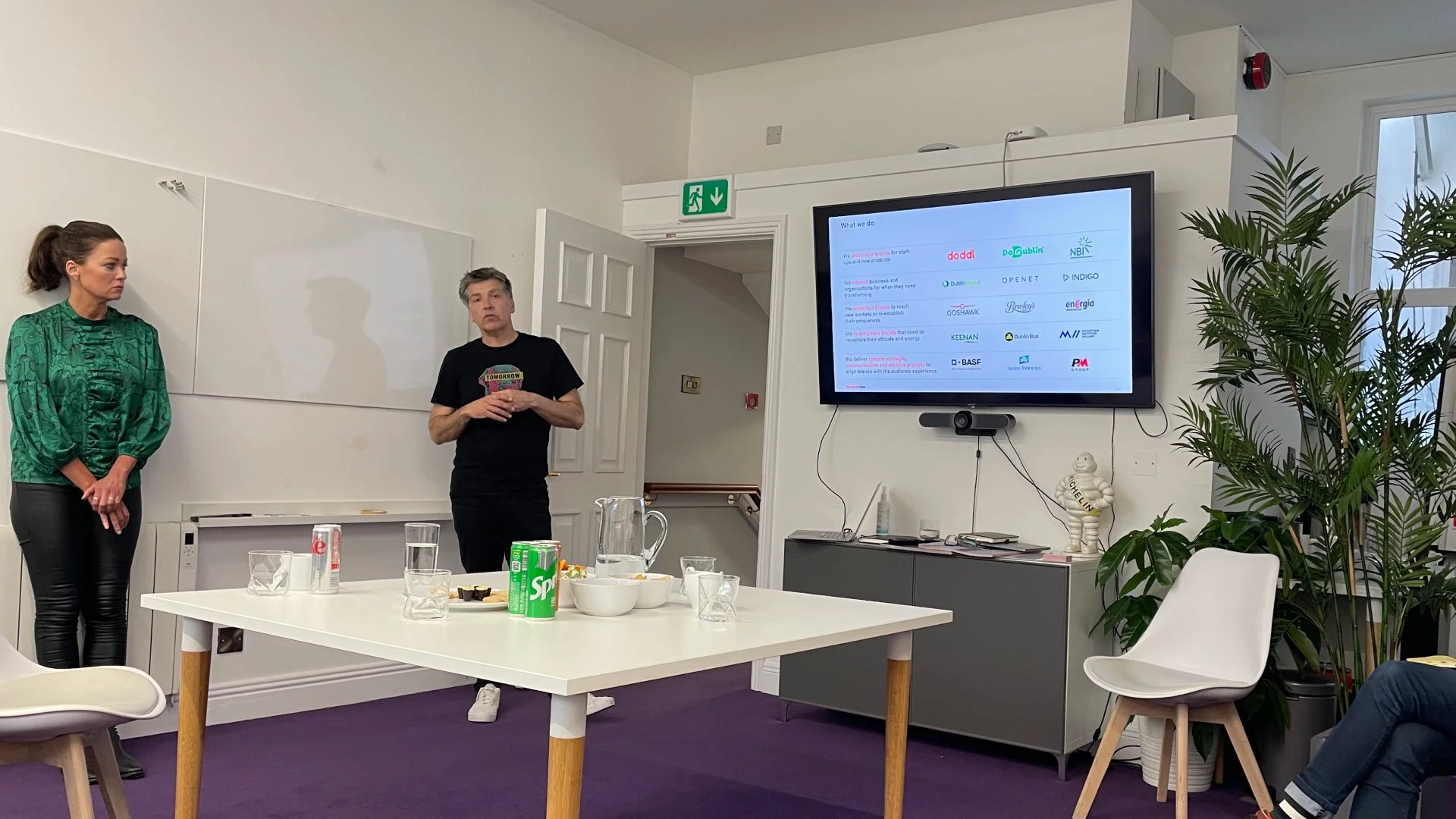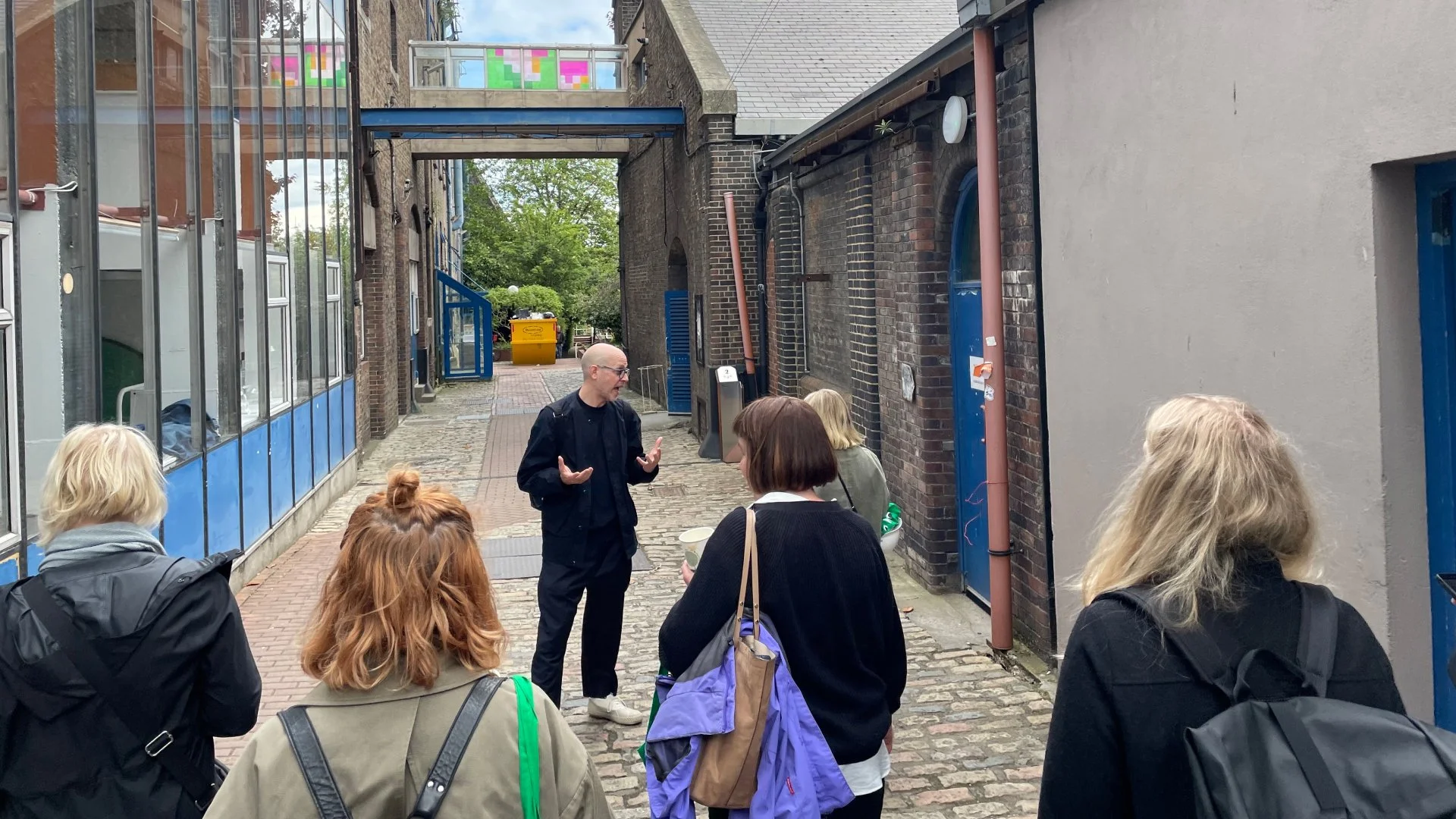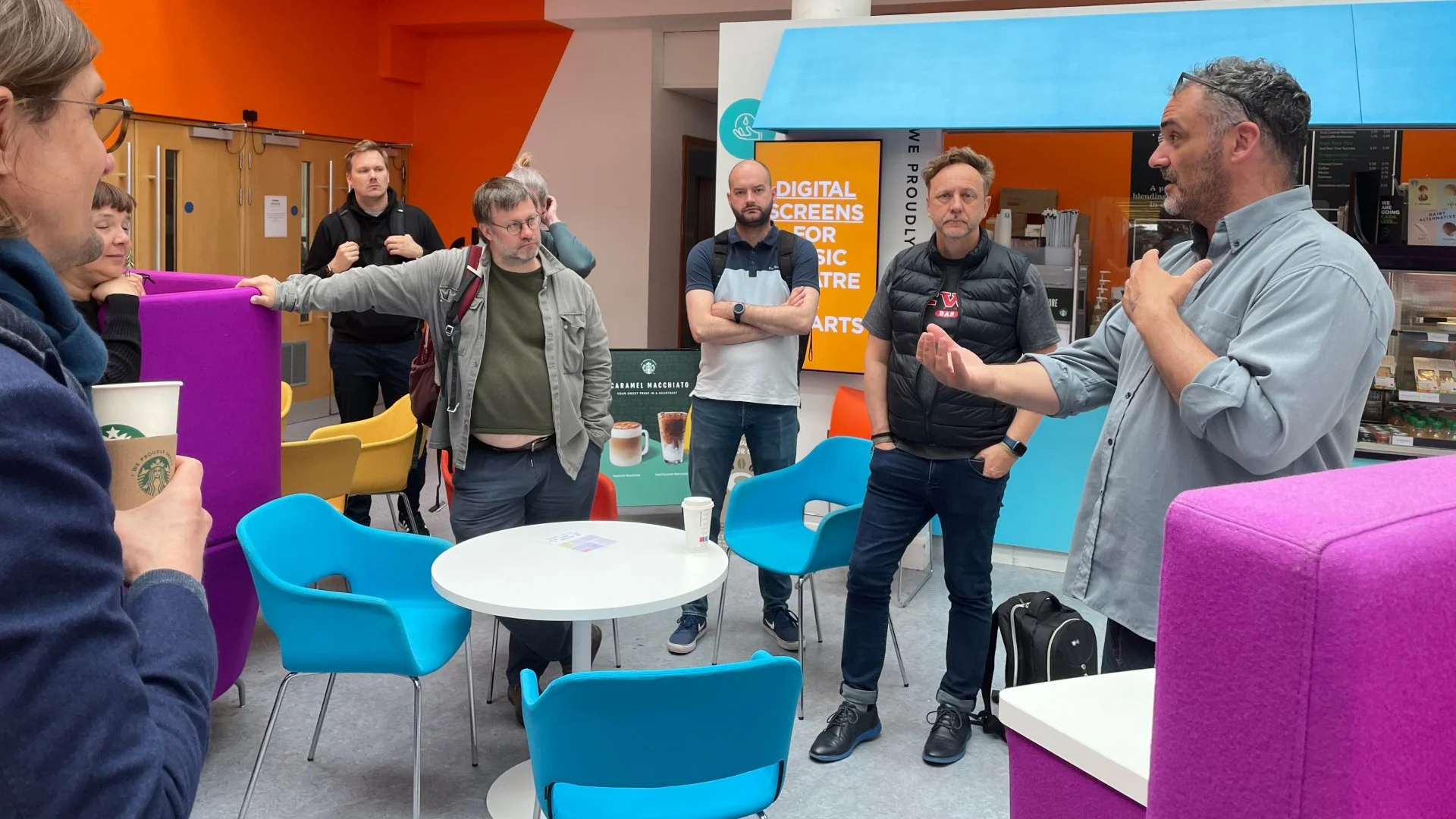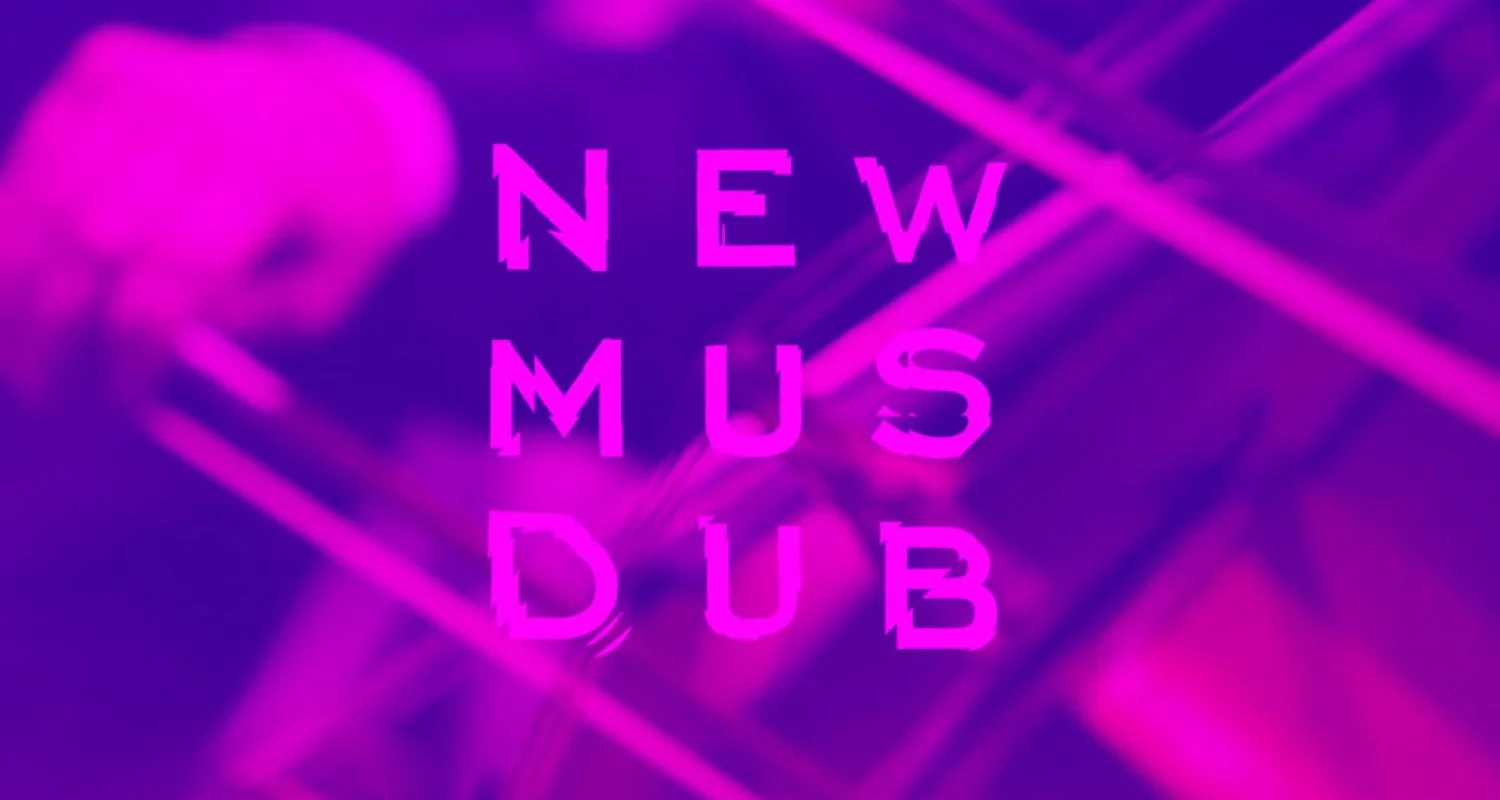Travel blog — Dublin
Estonian Designers in Dublin: A Journey Through Irish Design and Culture
At the end of May, a group of Estonian designers visited Dublin, the capital of Ireland, where they explored local design studios, institutions focused on visual culture, and design education.
A City Built Along the River Liffey
Dublin (Baile Átha Cliath in Irish) is Ireland’s capital, located at the mouth of the River Liffey. Founded by the Vikings in 840, the city is now home to just over half a million people. The River Liffey is the city’s lifeblood, with much of Dublin’s vibrant activity concentrated around its banks.
The city’s name originates from the phrase Dubh Linn, meaning black pool (dubh – black, linn – body of water). The original name was derived from Celtic origins but was later modified after the arrival of French-speaking Normans, who renamed it Develyn, which eventually evolved into Dublin. There’s also an alternative theory that suggests the name comes from the Icelandic term djúp lind, meaning deep pond.
Much like Estonia, Ireland has fought for its independence, often influenced by larger neighbouring powers. Its history is marked by numerous conflicts, many of which have left their imprint on Irish culture and architecture. Up until World War II, Dublin was in decline—its streets were empty, the infrastructure was crumbling, and the city lacked vibrancy. However, major investment in Dublin only began in 1997, when local and private investors came together to rebuild and modernise the city.
Today, Dublin is globally recognised as a city of literature, having produced Nobel laureates and literary giants such as William Butler Yeats and Oscar Wilde.
Similarities Between Estonia and Ireland
Estonia and Ireland share several similarities beyond their shared struggle for independence. Like Estonia, Ireland has long been influenced by its powerful neighbour – in this case, England. Due to Ireland’s long period under British rule, its economic development was historically limited. The country lacks a large industrial sector that would sustain a steady export flow, which is why Ireland has focused heavily on the service industry.
One of Ireland’s best-known exports is, of course, Guinness. Its creamy texture and distinct taste are beloved by beer enthusiasts worldwide. Ireland has a deep-rooted beer culture, and following the European craft beer trend, many small breweries have emerged across the country in recent years.
Ireland’s business-friendly tax policies have also attracted global tech giants such as Facebook, Google, and Microsoft, all of which have set up their European headquarters in Dublin. While this has significantly boosted Ireland’s economy and job market, it has also created challenges for local businesses, as major corporations quickly absorb much of the country’s top talent.
Irish Design Studios & Institutions
During the visit, the Estonian designers had the opportunity to meet with some of Ireland’s most prominent design agencies and educational institutions.
Red Dog
Operating for nearly 30 years, Red Dog has built an impressive portfolio that reflects both local business identity and collaboration with major international brands. Their design philosophy is deeply European, focusing on simplicity and functionality. As they put it themselves: “Visuals help businesses do business.”
Wondr
A highly versatile digital agency, Wondr has won numerous prestigious awards, including CSS Design Awards, The Webby Awards, FWA, and AWWWARDS. Though their Dublin headquarters appears modest, their international impact is far-reaching. They are ranked among the top 10 digital agencies in the world.
Richards Dee
Founded by Simon Richards and Celine Dee, this studio operates from a charming four-storey space in central Dublin. Known for their award-winning work, Richards Dee also engages in social projects, such as Creatives Against Covid-19, which used creative talent to raise funds for pandemic relief efforts.
National College of Art and Design (NCAD)
NCAD is one of Ireland’s leading art and design institutions, offering both contemporary and traditional disciplines. While they provide education in digital design and product development, they also preserve heritage crafts such as glassblowing and metalwork. The college fosters collaboration across disciplines and operates as a creative hub in the heart of Dublin.
Dolmen
Although Dolmen defines itself as a design studio, its primary focus is on engineering and industrial design. Their most prestigious client is Guinness, for whom they have developed various products for both bars and consumers. Additionally, Dolmen has a strong presence in the medical technology sector, a theme that was noticeable across many of the studios visited in Dublin.
dolmen.ie
Institute of Art, Design & Technology (IADT)
IADT is another leading design school, similar to NCAD but with a stronger emphasis on graphic design, motion graphics, and film production. It is a key institution for aspiring designers and media professionals in Ireland.
Fun Fact: Estonia & Ireland – A Shared Passion for Design
Both Estonia and Ireland punch above their weight in the world of design. Despite their relatively small populations, both nations have developed strong creative industries, producing designers who work with global brands and innovative startups.
One particularly interesting parallel is that both Estonians and Irish people have a unique blend of practicality and creativity in their design approach. Whether it’s tech-driven solutions in Estonia or craft-based storytelling in Ireland, both nations value functionality and deep cultural roots in their visual identities.
For Estonian designers, visiting Dublin offered not just an opportunity to explore cutting-edge design studios but also a chance to connect with a country that, in many ways, shares their creative spirit.
New Music Dublin, Festival, by Wondr











